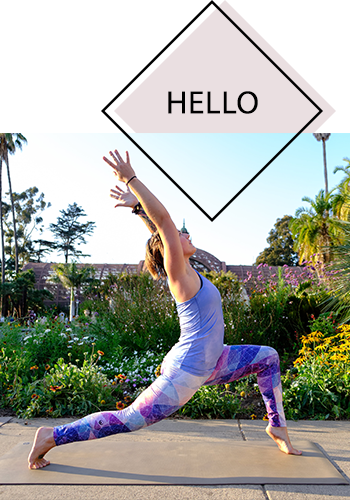Retreat Day: Yoga, Meditation, Relaxation
/Photo via Lilie Zen Coach.
The main idea is to clear space -- both physical and emotional -- for yourself. Observe how you are doing in this moment. Only you can tend to the inner workings of your body, mind and heart.
Now, you may be wondering why and how silence can help you approach the self-reflective practices of yoga, meditation and relaxation. You may be thinking: do I really need to be completely quiet for a whole day to do these? And, more importantly: how can I go a whole day without talking?!
You may be surprised by the amount of energy silence allows you to conserve. By limiting the cognitive and physical exertion required by talking, you can dedicate more to your practice. Moreover, by limiting the speech that comes out of you, you allow yourself the chance to let some of that dialogue back up internally. Words build up like water behind a dam, and you can see the contents of the river more clearly.
In my experience, silence has allowed me to give space for whatever is happening internally. If I am sad, for instance, but have not given myself the time to sit down and be present with my feelings, I may not be aware of what's causing my sadness (or even the mere fact that it's there!). If I want to move beyond a negative emotion, I first have to give myself adequate space and time to first witness it.
Once I become aware, I can accept how I am truly doing -- and perhaps change how I'm doing for the better.
Photo via Montmarte.
Silence is the first step toward obtaining truth since it helps us to curb untruth, which we generally express by talking excessively all day. This incessant flood of speech makes us prone to the bad habit of speaking untruth.
Cope goes on to reflect on the doors which silence can open for us:
What may appear to us as simply a voluntary self-denial of speech is described by yogis as an experience rich in deepening interiority -- an experience in which not just gross speech, but the very nature of thought itself (the subtle and constant chatter of the mind) is revealed for observation and study, creating a new level of witness consciousness.
You may be surprised at the wonderful benefits silence offers. Within a limited amount of time, you begin to experience energy, clarity, peace, focus, connection, and concentration. In the beginning, silence may be a challenge, but its blessings will encourage you along the way.
Photo via Olivia Rae.
- 9:00-9:30 am: outside meditation. We begin by observing ourselves within nature.
- 9:30-11:15 am: morning yoga class. Physical practice prepares us for a deeper mental practice later in the day.
- 11:15am-12:30pm: mindfulness eating (lunch). Have you ever eaten a meal in complete silence? This eye-opening meditation allows you to fully experience the rich flavors and textures of food as well as your personal experience of becoming full and satisfied by food.
Photo via Olivia Rae.
- 12:30-1:00pm: walking meditation. Taking slow, attentive steps allows us to reflect actively and experience our bodies fully.
- 1:00-1:30pm: seated meditation. Seated meditation offers a more intensely internal and mental approach. We practice witnessing thoughts and sensations, and attempting to have no reaction to them as they pass.
- 1:30-2:00pm: walking meditation. A second round of walking meditation, with a focus on experiencing ourselves within nature, not just within ourselves.
- 2:00-2:30pm: seated meditation. The other rounds of meditation have allowed us to go deeper and deeper inward, making this seated experience even more significant.
- 2:30-3:00pm: relaxation/ yoga nidra. We give our bodies the deep, full rest they deserve.
- 3:00-4:15pm: afternoon yoga class. This class tends to be a genuinely internalized experience of yoga because you have spent so much time meditating beforehand. You are able to fully witness your breath and the way you approach postures and finding your edge. And of course it feels great to move freely again after periods of stillness!
- 4:15-4:30pm: integration meditation. A final period of meditation allows us to integrate all of the observations we've learned about ourselves throughout the day.
- 4:30-5:00pm: speaking circle. After an extended period in silence, it's helpful to speak with each other about our experience before we depart to re-enter the world as we know it.
Photo via Olivia Rae.
Ready to try a retreat yourself? Start by setting aside a whole day (or as much of one as you can) on your calendar. Explain to family and friends that you'll be out of touch at this time (no cell phone, no email!). Set up a space for yourself where you can practice yoga and meditate, and prepare your lunch the day before. Here's a sample of the routine you might try out:
9:00-10:00am: morning yoga practice
10:00-10:30am: meditation
10:30-11:00am: morning snack / break
11:00am-12:00pm: take a walk or read
12:00-1:00pm: mindfulness eating (lunch)
1:00pm-1:30pm: walking meditation
1:30-2:00pm: seated meditation
2:00-2:30pm: relaxation/ yoga nidra/ nap
2:30-3:00pm: reflective journaling
Photo via Pinterest.













